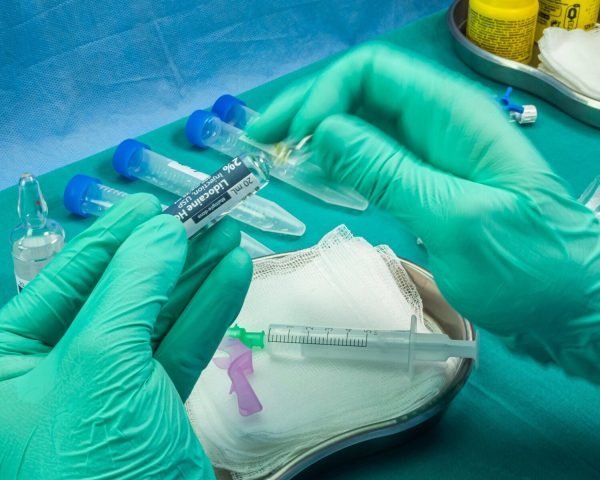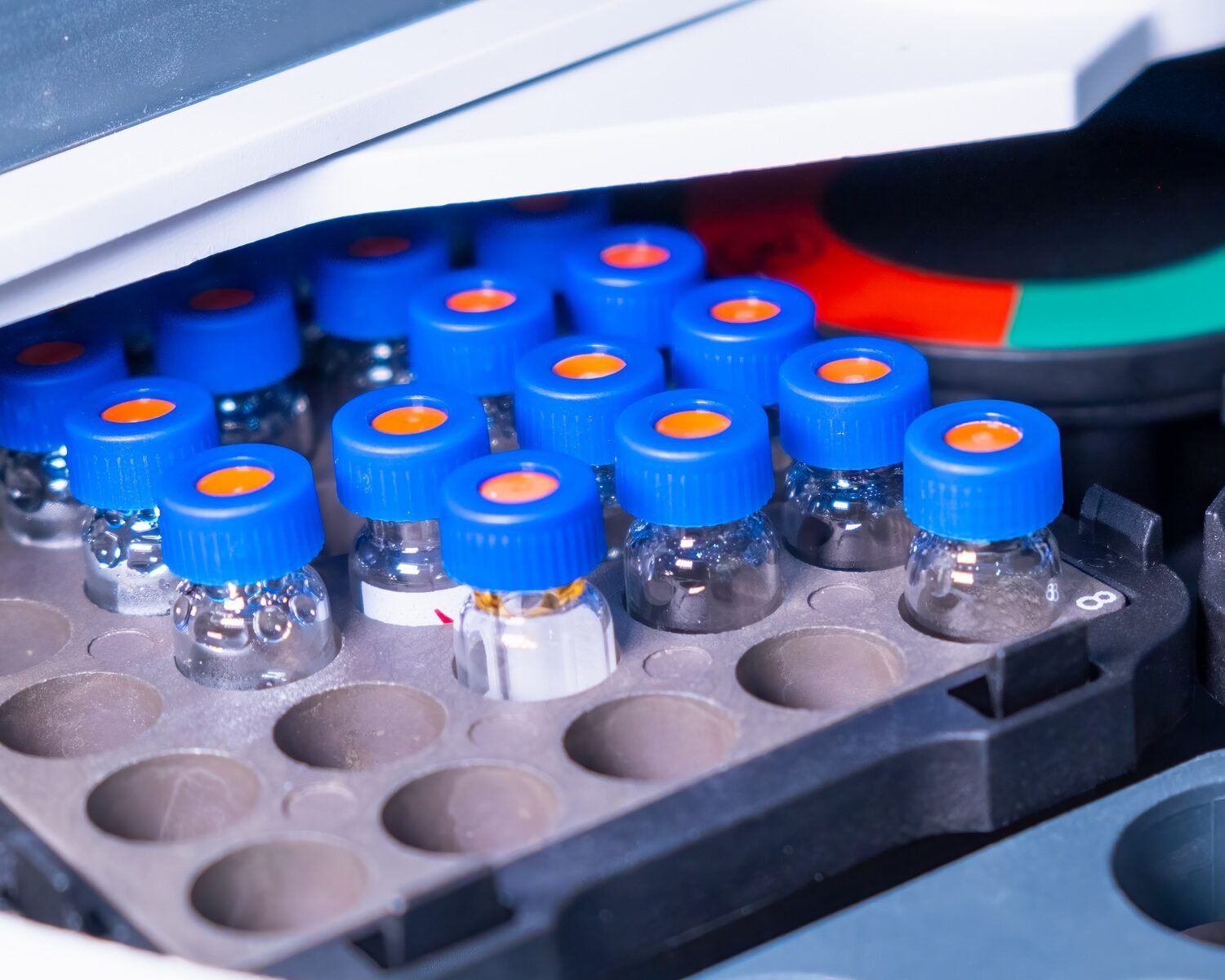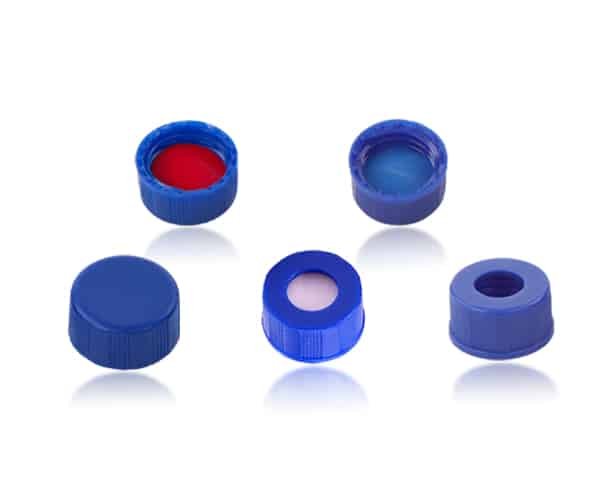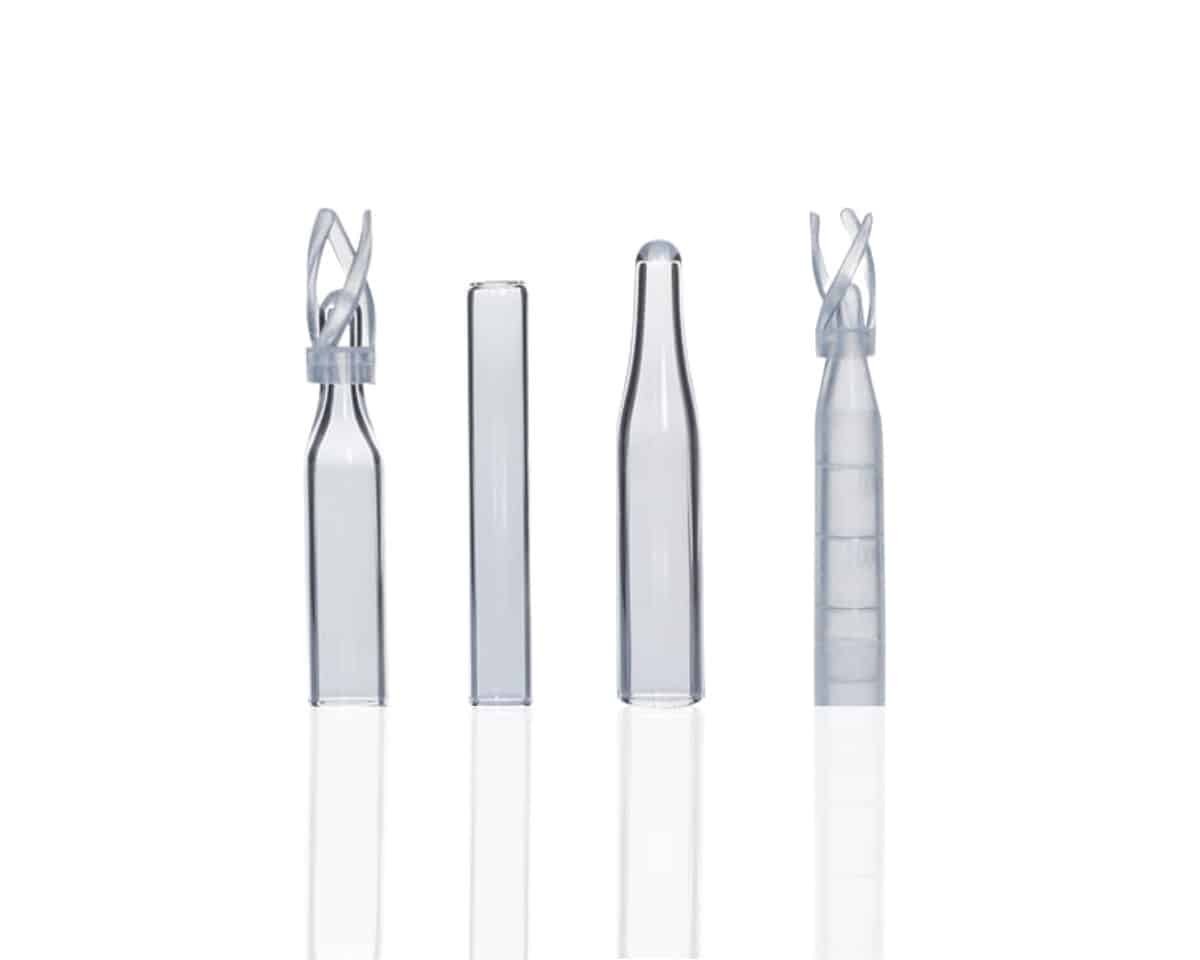Introduction
In any HPLC laboratory, vial breakage is more than just an inconvenience—it can lead to sample loss, contamination, safety hazards, and costly downtime. Broken vials can cause glass shards, chemical spills, and even damage autosamplers or injection systems. Worse, mishandling volatile or hazardous samples can pose serious risks to lab personnel.
The good news? Most vial breakages are preventable. By choosing durable materials, using proper handling techniques, and following safe storage practices, you can minimize breakage risks and keep your lab running smoothly. In this guide, we’ll cover the common causes of vial breakage, how to safely handle and store vials, and the best emergency protocols if a vial does break.
Common Causes of Vial Breakage
Understanding why vials break is the first step in preventing it. Here are the most common causes of vial breakage in HPLC labs:
1. Improper Handling
- Dropping vials or applying too much force when sealing caps can cause micro-fractures, which lead to eventual breakage.
- Tightly crimping caps on fragile vials may crack the glass, causing leaks or breakage during injection.
- Using the wrong vial size in an autosampler tray can result in mechanical stress, leading to cracks.
2. Thermal Shock
- Rapid temperature changes, such as moving vials from a freezer to a warm autosampler, can cause glass expansion and shattering.
- Placing cold vials in a hot water bath or heating block too quickly can also lead to thermal stress fractures.
3. Chemical Exposure
- Some aggressive solvents can weaken vial glass over time, making them prone to cracking.
- Repeated exposure to strong acids, bases, or highly reactive chemicals may degrade glass or plastic vials.
4. Poor Storage Conditions
- Storing vials in overcrowded trays or loosely stacked racks increases the chance of accidental collisions.
- Keeping vials too close to the edge of workbenches makes them more likely to be knocked over.
Have you ever lost valuable samples due to vial breakage? What was the cause?

Choosing Vials with Breakage-Resistant Materials
One of the best ways to prevent vial breakage is by choosing the right vial material for your application.
1. Borosilicate Glass: The Lab Standard
- Why it’s used: Most HPLC vials are made of Type 1 borosilicate glass, which is highly chemical-resistant and has low thermal expansion.
- Breakage risk: While durable, borosilicate glass is still susceptible to cracking under mechanical stress or sudden temperature changes.
2. Thicker-Walled Glass Vials for Extra Durability
- Solution: Some manufacturers offer reinforced glass vials with thicker walls to reduce breakage risk.
- Best for: Labs where vials undergo frequent handling or are used in high-speed autosamplers.
3. Plastic Vials: A Shatter-Proof Alternative
- Material options:
- Polypropylene vials: Highly resistant to breakage and chemical corrosion.
- PFA (Perfluoroalkoxy) vials: Ideal for handling highly reactive solvents.
- Advantages:
- Virtually unbreakable, reducing accidental sample loss.
- Less risk of thermal shock, making them suitable for extreme temperature changes.
- Downsides:
- Some plastics may interact with certain organic solvents.
- Plastic vials can be less transparent, making visual inspection of samples harder.
Have you considered switching to plastic vials to reduce breakage risks in your lab?
How to Safely Handle Vials During Preparation and Transportation
Proper vial handling techniques can greatly reduce the risk of breakage. Here are some best practices:
1. Use the Right Capping Tools
- If using crimp caps, invest in an adjustable crimping tool to avoid over-tightening, which can crack the glass.
- If using screw caps, apply even pressure to avoid stressing the vial neck.
2. Hold Vials Correctly
- Always grip vials by the base, not the neck, to avoid unnecessary pressure on thin glass areas.
- Avoid pinching the vial too tightly, as excess force can create micro-cracks.
3. Transport Vials in Secure Racks
- Always use a designated vial carrier rather than carrying loose vials by hand.
- For sensitive samples, place vials in a foam-lined rack to prevent movement and impact damage.
4. Minimize Dropping Risks
- Avoid stacking vials on benches where they can be easily knocked over.
- Place vials securely into autosamplers to prevent misalignment and potential damage.
Do you use specialized vial handling tools in your lab, or do you rely on manual handling?
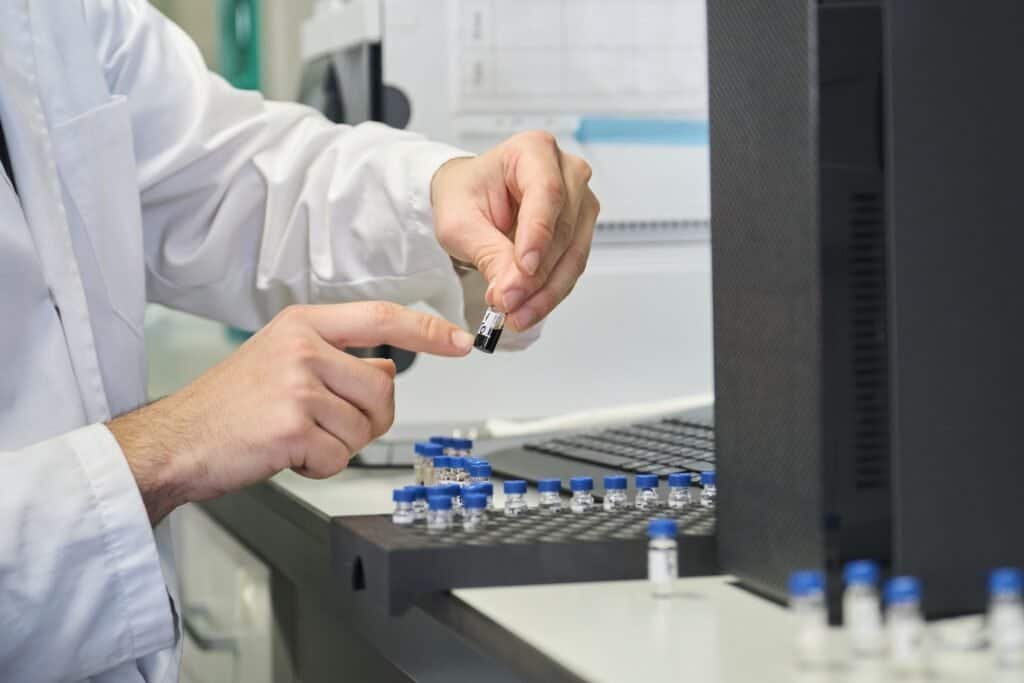
Safe Storage Practices to Minimize the Risk of Breakag
Proper storage extends the lifespan of HPLC vials and prevents accidental breakage.
1. Store Vials in Sturdy Racks or Boxes
- Use foam or plastic vial trays to keep vials separated and protected.
- Avoid storing glass vials loosely in drawers or shelves, where they can roll and collide.
2. Label Vials Clearly to Prevent Mix-Ups
- Unlabeled vials may be handled incorrectly or placed in the wrong tray, increasing breakage risk.
- Use solvent-resistant labels or barcode tracking systems for easy identification.
3. Control Temperature Exposure
- Always acclimate vials to room temperature before placing them in high-temperature environments.
- If storing vials in a freezer, thaw them gradually to prevent thermal shock.
Does your lab follow any specific vial storage protocols to prevent breakage?
Emergency Protocols for Dealing with Broken Vials in the Lab
Even with best practices, vial breakage can still happen. When it does, follow these steps:
1. Contain the Area Immediately
- If a vial breaks inside an autosampler, stop the system and clean before continuing injections.
- If volatile solvents or hazardous chemicals are spilled, evacuate the area if necessary.
2. Wear Protective Equipment
- Always wear gloves and safety goggles before handling broken glass.
- If chemicals are involved, follow your lab’s spill response procedures.
3. Use the Right Cleanup Tools
- Never use bare hands to pick up broken vials.
- Use tongs, tweezers, or a small brush and dustpan to collect glass shards.
- For chemical spills, use absorbent materials to clean the area thoroughly.
4. Dispose of Broken Vials Properly
- Place broken glass in sharps containers rather than regular trash bins.
- If a hazardous chemical was inside the vial, follow lab waste disposal regulations.
Has your lab experienced vial breakage incidents? What emergency response measures were taken?
Conclusion
Preventing vial breakage in HPLC labs is essential for protecting samples, equipment, and personnel. By choosing durable vials, handling them correctly, and storing them safely, you can reduce the risk of accidents and maintain lab efficiency. In the event of a breakage, following proper emergency procedures will ensure a safe and contamination-free environment.
Mastelf, with over 13 years of experience in chromatography vials since established in 2011, we can help you find the exact vials you need for your applications.

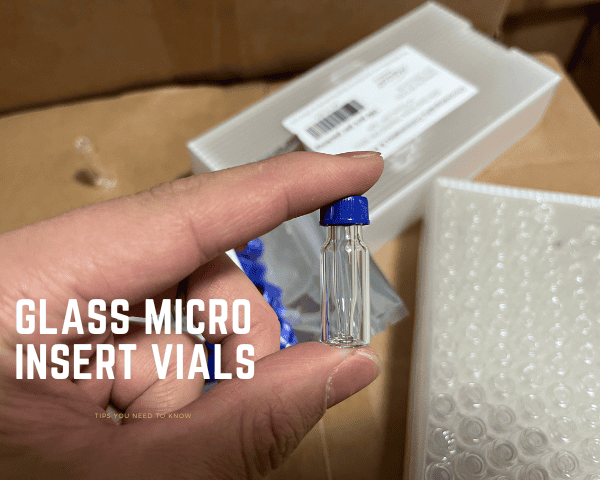
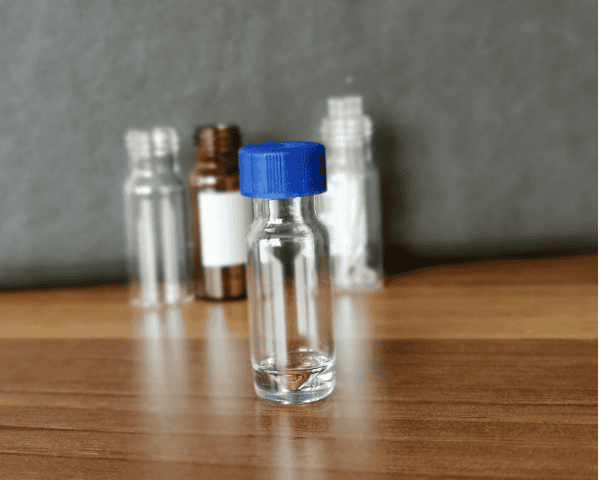
Our expertise ensures that you get reliable and precise products tailored to your specific requirements. Whether you’re in pharmaceuticals, research, or any other industry relying on HPLC, we understand your needs and are here to support you in making the right purchase.
Reach out to Mastelf, and let us assist you in procuring the perfect vials for your work.
FAQ
- What is the most common cause of vial breakage in HPLC?
- Improper handling, excessive force when capping, and sudden temperature changes.
- Are plastic vials better than glass vials?
- Plastic vials are shatterproof but may not be compatible with all solvents.
- Can vial breakage damage HPLC instruments?
- Yes, broken glass inside an autosampler can damage injection needles and trays.
- How do I prevent vial breakage in high-throughput workflows?
- Use thicker-walled glass or plastic vials and automation-compatible trays.
- What should I do if a vial breaks inside an autosampler?
- Stop the system, clean thoroughly, and replace any affected components.

